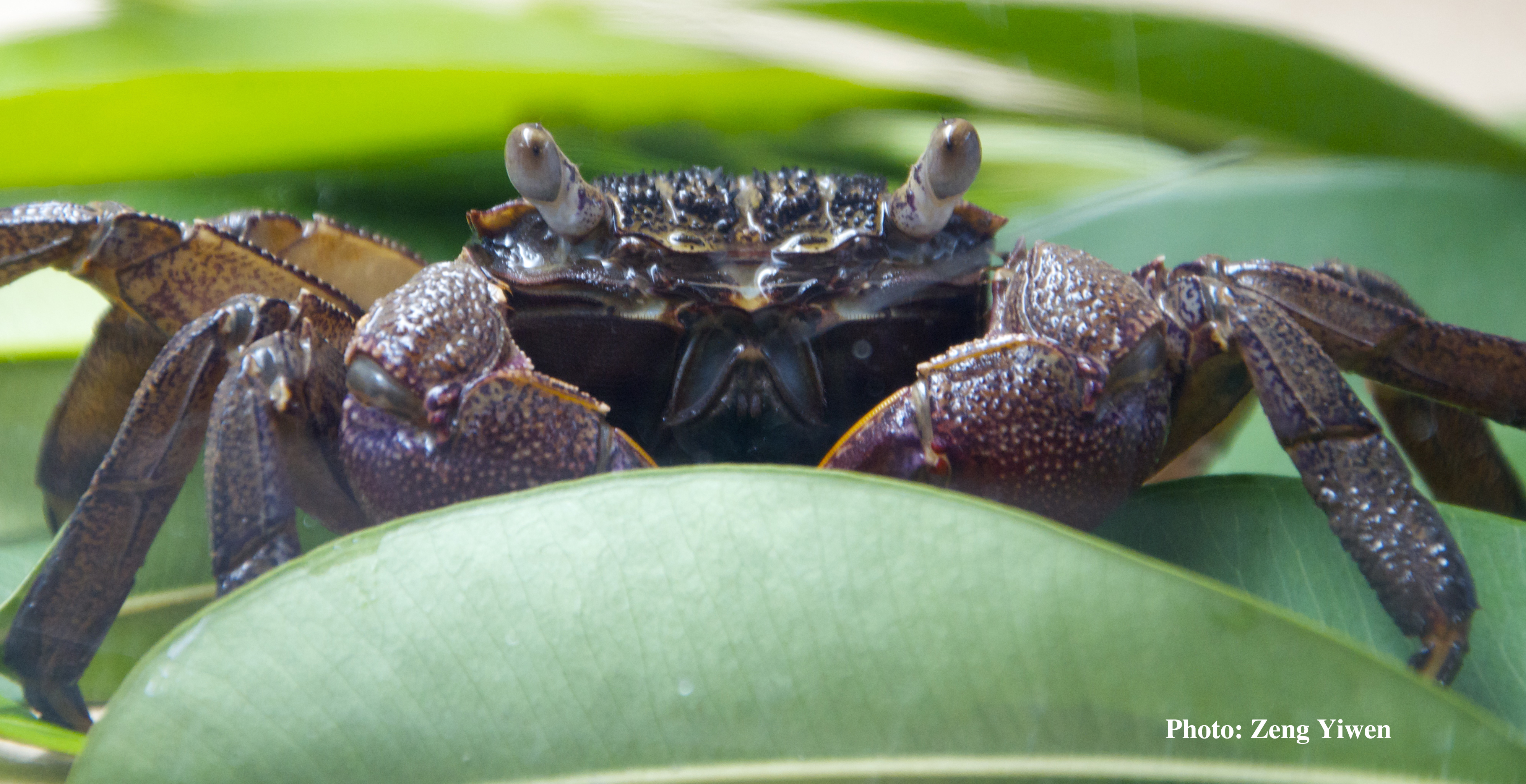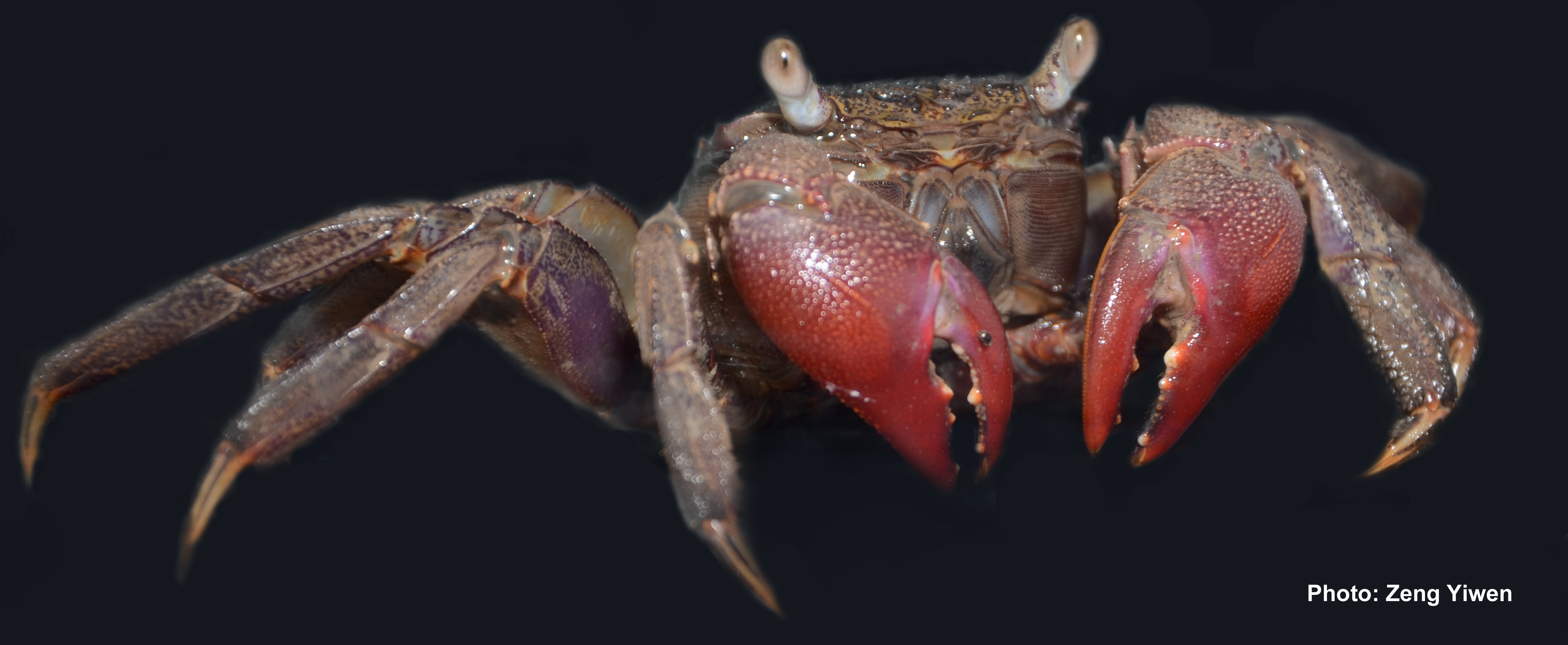Singapore vinegar crabOne of the most common crabs in the mangroves, Episesarma singaporense plays an important role in its habitat. It primarily feeds on leaves, and lives within burrows and on trees (Sivasothi, 2000). Like other tree-climbing crabs, E. singaporense possesses a carapace (shell) with reticulated (net-like) patterns on the area next to its mouthparts (Tan et al., 1988). However, the Singapore vinegar crab is characterised by its claws that are completely red.
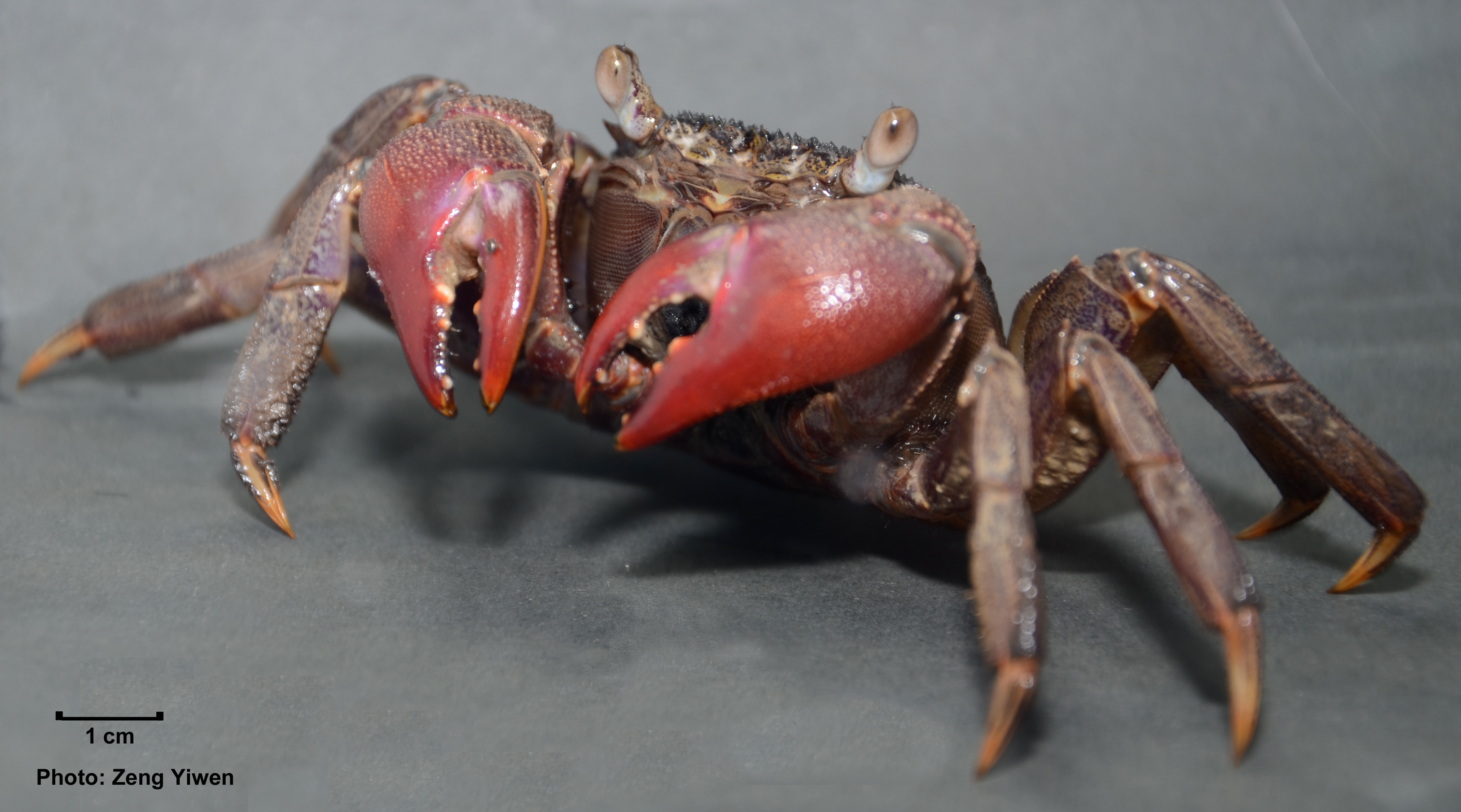
Table of Contents

Taxonomy
Synonym:
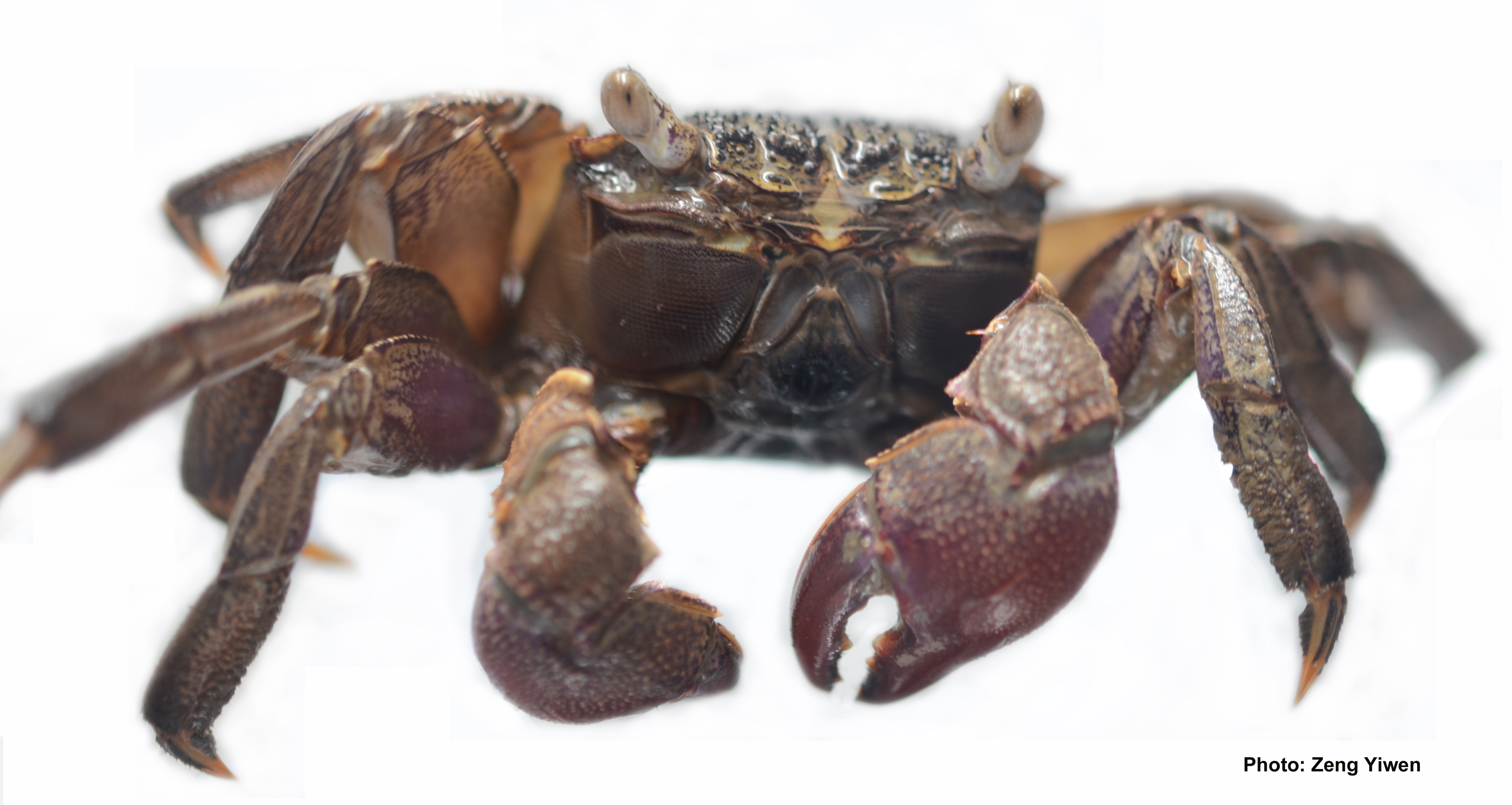 Other names people have used in the past
Other names people have used in the pastSesarma singaporensis Tweedie, 1936(See taxonomic history for more information)
Etymology:
How the crab got its nameThis crab species was first discovered in Singapore; hence it was named in reference to the location of first collection (i.e. Singapore).Diagnosis:
How to tell E. singaporense apart from other crabs in the mangrovesIn Singapore, there are currently three described species of tree-climbing crabs— E. singaporense, E. chengtongense and E. versicolor. These three species can be differentiated from other mangrove crabs by the following features: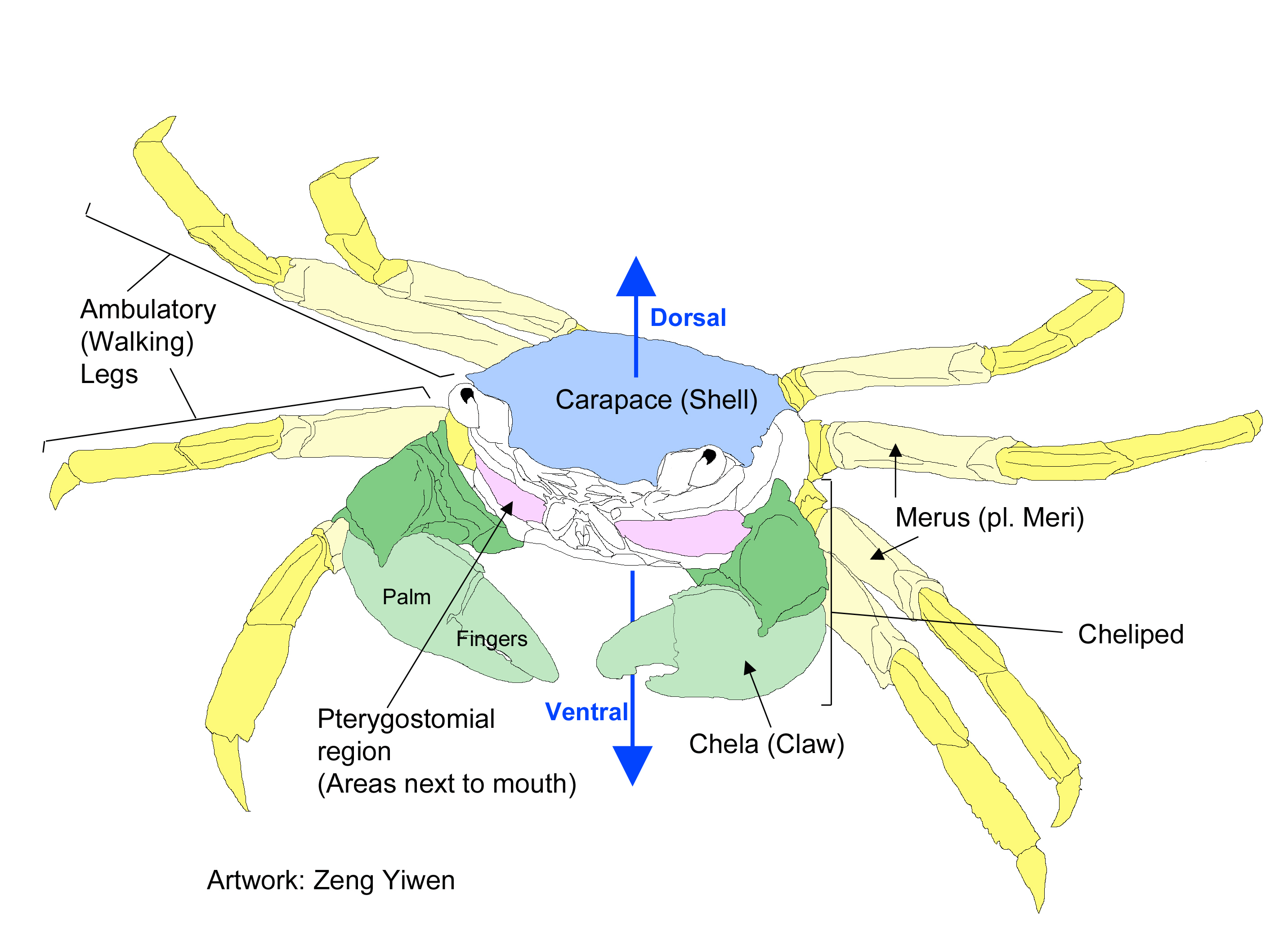
1) The quadrangular (squarish) and dorsally flattened (flat on top) carapace (shell).
2) High carapace (shell) and sharply deflexed (angled downwards) front ("face").
3) Reticulated (net-like) patterns with fine setae (hairs) on the pterygostomial regions (area around mouth-parts).
4) On the palm of the male chela (claw), there are small raised teeth (sharp bumps) that run from the proximal (towards the body) to the distal end (away from the body).
Among these three species, E. singaporense can be differentiated from the rest by the colour of their chelae (claws)— E. singaporense's claws is completely red (with the fingers a darker shade than the palm); while the other two species have white and purple colourations.

Biology
Diet:
Episesarma singaporense, like other species from the genus, feeds mainly on foliage (Sivasothi et al., 1993; Sivasothi, 2000). However, it has also been known to feed on other plant material (leaf-litter, flowers and propagules) and scavenge on meat (Sivasothi et al., 1993; Lim et al., 1999).Life Cycle:
Largely nocturnal, E. singaporense, inhabits estuarine conditions their entire adult lives. Gravid females produce numerous small eggs (Soh, 1969), that develop into larvae much like other sesarmine crabs. These stages include four zoea and one megalopa stage; and morphological differences can be used in identification (see description below). These larval stages eventually develop into adults of carapace width 30-38 mm (see description below). Reproduction and spawning cycles of E. sinagporense have yet to be determined.
Predator avoidance:
The crabs normally climb trees to avoid aquatic predators like fishes. However, when threatened by other animals while on the tree, the crabs leap into the water, and climb another tree thereafter (Sivasothi, 2000).Ecology
Habitat:

Episesarma singaporense are mainly found in mangrove forests (Sivasothi, 2000). They tend to live within burrows excavated at the roots of mangrove trees and Mud-lobster (Thalassina anomala) mounds, only climbing up trees during high tide events. Additionally, they tend to be found in greater numbers at inland mound systems (Sivasothi, 2000).
Distribution:
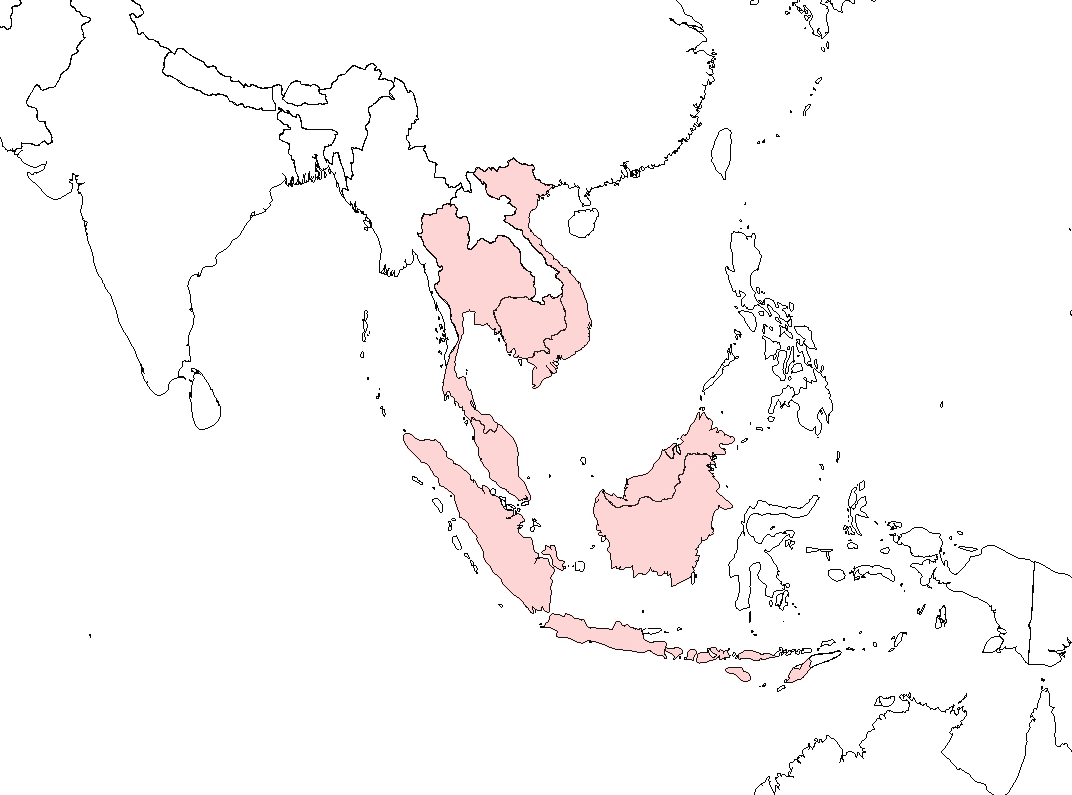
Mangroves of South-east Asia— E.g. Brunei Darussalam, Indonesia, Malaysia, Singapore and Thailand.
Conservation:
While all Episesarma crabs are not evaluated by IUCN red-list assessment, E. singaporense currently appears to be abundant in the mangroves of Singapore.However, while they are unlikely to face threats from pollution and eutrophication (Lee, 1998), they are susceptible to habitat loss due to the fact that their range is restricted to the mangroves (Sivasothi, 2000). This, coupled with the fact that mangroves of South-east Asia are facing increasing destruction (Alongi, 2002), indicates that habitat loss could present a potential threat to these crabs in the future.Ecological Services:
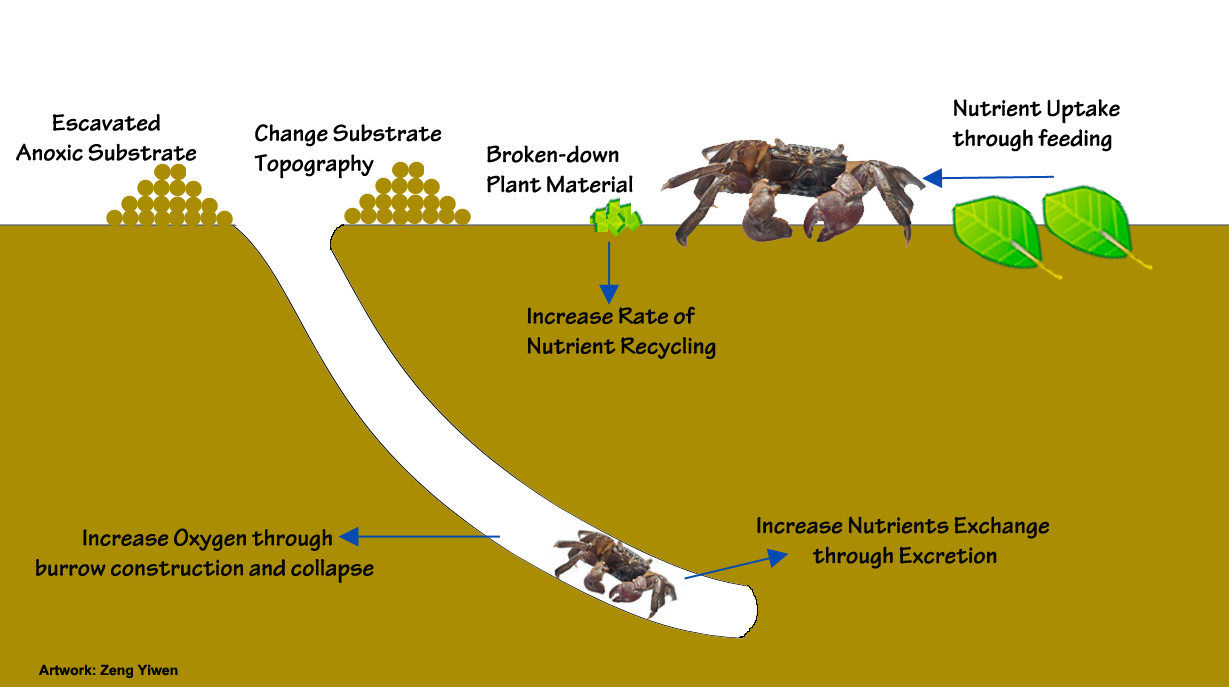
Like other crabs from the family Sesarmidae, E. singaporense plays a vital role in nutrient cycling. Their consumption of leaves and plant propagules (Sivasothi, 2000) helps breakdown vegetative materials, increasing the speed of recycling of mangrove leaf-litter (Lee, 1997, 1998). Moreover, their burrowing activities can alter the substrate topography and biochemistry as well (Kristensen, 2000).
Human uses:
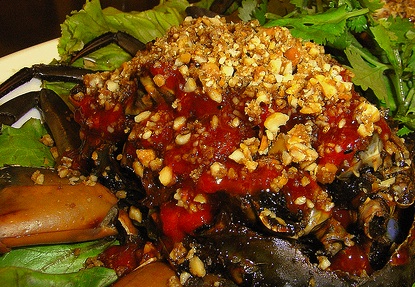 |
| Credit: food.recentrunes.com |
.
.
Taxonomic Details
Taxonavigation:
Phylogenetic Position:
Relative (phylogenetic) position of E. singaporense among other crabs.(This figure only highlights the position of E. singaporense amongst other members of the subfamily Sesarmidae and family Grapsidae)
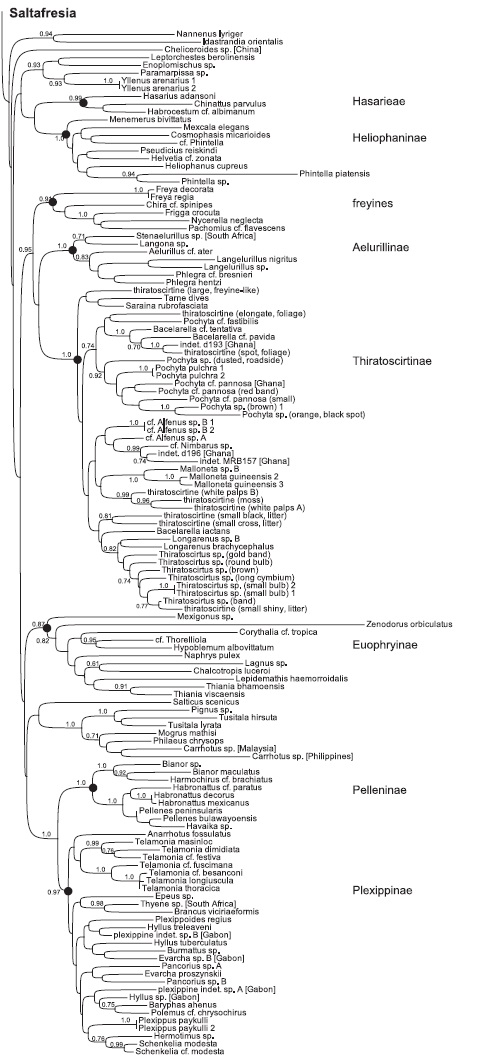
This figure shows that E. mederi, E. singaporense and E. palawanense are monophyletic, thus providing support for their genus grouping.
Taxonomic History:
The history of how the name of the crab changed from S. singaporensis to E. singaporense(This history allows for one to easily establish which particular species past researchers were referring to)
Originally described by Tweedie (1936) as Sesarma singaporensis, this species was later reassigned to genus Neoepisesarma by Serene & Soh (1970), due to confusion regarding the original genus (Holthuis, 1978; Tan & Ng, 1994). However, Neoepisesarma was later determined to be synonymous with Episesarma, with the latter having nomen nudum (Holthuis, 1978; Tan & Ng, 1994). Hence, Episesarma is currently used as the genus name and the tense of the species name (singaporensis) was altered to singaporense to accommodate the genus Episesarma.
Type information:
Where the original specimens (that were first described) are stored in(The type provides a reference point for when a species was first named. This is often important for determining the correct application of a species name in taxonomic research)
For E. singaporense, syntypes (two specimens that were listed in description of species) were used, and a holotype was not designated.
These syntypes (one male and one female) were collected by Tweedie in June 1935 (Tweedie, 1936). Specimens were deposited and are currently stored in the Raffles Museum of Biodiversity Research (Singapore).
Description
Morphological features of E. singaporense that can be used for identification(Both adult and larval forms have been described)
Original description
Adult:
Carapace— High with sharply deflexed front (Soh,1969). Free edge of which is less sinuous than other allied species (Tweedie, 1936). Carapace is almost quadrangular and dorsally flattened (Serene & Soh, 1970), with width of 30-38 mm (Tweedie, 1940). Epibranchial teeth are present along the lateral margins, behind the external orbital teeth,the latter of which is typically acute (Soh, 1969).Pterygostomial regions— Pterygostomial regions around mouth has a reticulate pattern with numerous setae.
Chela— Colouration of entire chela is entirely red (with both dactylus and pollex of a deeper shade) (Tweedie, 1936). Few coarse teeth are located on the pectinated ridge of the palm of males; females do not possess the pectinated ridge, but rather a raised line of granules (Tweedie, 1936). The tubercles on the upper margin of dactylus typically range from 36-46 in males and roughly 30 in females (Tweedie, 1936, 1940). The number of tubercles on dactylus normally increases with age and size of specimens (Tweedie, 1940). In males, tubercles are typically small, transverse and parallel-sided in the proximal end, but larger and more triangular-shaped at the distal end (Tweedie, 1936). The length of tubercles (measured along axis of dactylus) increases gradually from the proximal end to the distal end, with the latter being more than twice as long as the former (Tweedie, 1940). In females, tubercles only occupy the proximal two-thirds of the dactylus, and are typically smaller and less developed than males (Tweedie, 1936).
Ambulatory legs— Posterior border of meri pereopods (2nd-5th) lack denticulations. Merus width of third pereopod are generally equal to or greater than half its length (Soh, 1969).
Pleopod— First male pleopods is very slightly expanded at the tip, and quite distinct from other allied species (Tweedie, 1940).
Larval stages:
There are morphological differences between the different larval stages, namely the four zoeal and single megalopa stage. These differences are determined by the number of setae on the various body parts. Teo (unpublished) described these stages and determined that they can be used for differentiating between various species of sesarmine crabs. However, as the author is currently in the process of publishing his work, these stages would not be displayed on the website presently...Links to other websites:
World Register of Marine Species (WoRMS)SeaLifeBaseGuide to Mangroves of SingaporeComments
| Subject | Author | Replies | Views | Last Message |
|---|---|---|---|---|
| No Comments | ||||
Literature cited:
Alongi, D. (2002) Present state and future of the world's mangrove forests. Environmental Conservation, 29, 331-349De Man, J. (1895) Bericht über die von Herrn Schiffscapitän Storm zu Atjeh, an den westlichen Küsten von Malakka, Borneo und Celebes sowie in der Java-See gesammelten Decapoden und Stomatopoden. Zweiter Theil. Zoologische Jahrbücher. Abteilung für Systematik, Geographie und Biologie der Thiere, 9, 75–218.
Fratini, S., Vannini, M. & Cannicci, S. (2005) Tree-climbing mangrove crabs: a case of convergent evolution. Evolutionary Ecology, 7, 219–233.
Holthuis, L. (1978) A Collection of Decapod Crustacea From Sumba, Lesser Sunda Islands, Indonesia. Zoologische Verhandelingen, 162, 3–56.
Kristensen, E. (2008) Mangrove Crabs as Ecosystem Engineers; with Emphasis on Sediment Processes. Journal of Sea Research, 59, 30–43.
Lee, S. (1997) Potential Trophic Importance of the Faecal Material of the Mangrove Sesarmine Crab Sesarma Messa. Marine Ecology-Progress Series, 159, 275–284.
Lee, S. (1998) Ecological Role of Grapsid Crabs in Mangrove Ecosystems: a Review. Marine and Freshwater Research, 49, 335–343.
Lim, K., Murphy, D., Sivasothi, N., Ng, P.K.L. & Tan, K. (1999) A guide to the mangroves of Singapore II (PKL Ng and N Sivasothi, Eds.). Singapore Science Centre, Singapore.
Schubart, C.D., Cannicci, S., Vannini, M. & Fratini, S. (2006) Molecular phylogeny of grapsoid crabs (Decapoda, Brachyura) and allies based on two mitochondrial genes and a proposal for refraining from current superfamily classification. Journal of Zoological Systematics and Evolutionary Research, 44, 193–199.
Schubart, C.D., Liu, H.-C. & Ng, P.K.L. (2009) Revision of Selatium Serene & Soh, 1970 (Crustacea: Brachyura: Sesarmidae), with Description of a New Genus and Two New Species. Zootaxa, 2154, 1–29.
Serene, R. & Soh, C.L. (1970) New Indo-Pacific genera allied to Sesarma Say 1817 (Brachyura, Decapoda, Crustacea). Treubia, 27, 387–416.
Sivasothi, N., Murphy, D.H. & Ng, P.K.L. (1993). Tree climbing and herbivory of crabs in the Singapore mangroves. In: A. Sasekumar (ed.), Mangrove fisheries and connections. Proceedings of the ASEAN-Australian Marine Science Project: Living Coastal Resources Workshop: 220-237. (ASEAN-Australia Marine Science Project, Malaysia).
Sivasothi, N. (2000) Niche preferences of tree-climbing crabs in Singapore mangroves. Crustaceana, 73, 25–38.
Soh, C.L. (1969) Studies on some biological aspects of Sesarma (Decapoda, Brachyura) of Singapore. Thesis (M.Sc.) - Dept. of Zoology, University of Singapore, 1970.
Teo, G. Y.J. (2011) Complete morphology of the larvae of Singapore’s mangrove tree-climbing crabs (Decapoda: Brachyura: Sesarmidae). Thesis (Honors)- Dept. of Biological Science, National University of Singapore (2011).
Tan, C.G.S. & Ng, P.K.L. (1994) An Annotated Checklist of Mangrove Brachyuran Crabs From Malaysia and Singapore. Hydrobiologia, 285, 75–84.
Tweedie, M. (1936) On the Crabs of the Family Grapsidae in the Collection of the Raffles Museum. The Bulletin of the Raffles Museum, 12, 44–70.
Tweedie, M. (1940) New and interesting Malaysian species of Sesarma and Utica (Crustacea Brachyura). Bulletin of the Raffles Museum, 16,88–114.
